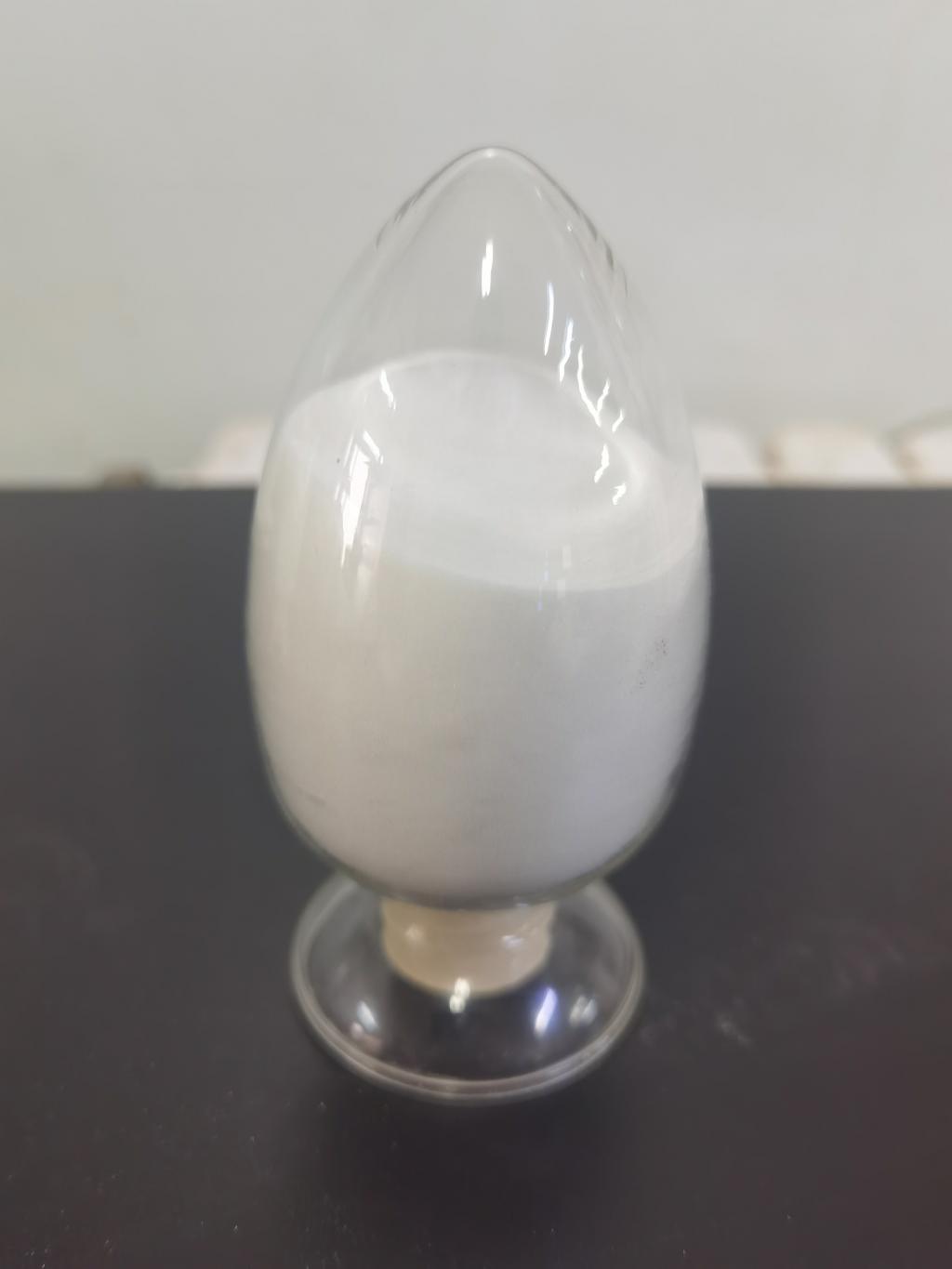Tel:+8618231198596

News
 CONTACT
CONTACT
 CONTACT
CONTACT
- Linkman:Linda Yao
- Tel: +8618231198596
- Email:linda.yao@dcpharma.cn
- Linkman:CHARLES.WANG
- Department:Overseas
- Tel: 0086 0311-85537378 0086 0311-85539701
News
ε-Polylysine Hydrochloride: A Sustainable Approach to Combatting Hospital-Acquired Infections.
TIME:2024-06-12
Antimicrobial Properties:
ε-PL is a cationic antimicrobial peptide composed of multiple lysine residues linked by peptide bonds. It exerts its antimicrobial activity by disrupting bacterial cell membranes, leading to leakage of intracellular contents and cell death. Unlike traditional antibiotics, ε-PL has broad-spectrum activity against Gram-positive and Gram-negative bacteria, fungi, and some viruses. Its effectiveness, biocompatibility, and sustainability make it an attractive option for infection control in healthcare settings.
Applications in Healthcare Settings:
ε-PL has diverse applications in healthcare settings for infection control and prevention. It can be used as a surface disinfectant for medical equipment, furniture, and high-touch surfaces to reduce microbial contamination and prevent the spread of HAIs. Additionally, ε-PL can be incorporated into wound dressings, catheters, and other medical devices to inhibit bacterial colonization and biofilm formation, reducing the risk of device-related infections. Furthermore, ε-PL-based hand sanitizers and disinfectants offer an eco-friendly alternative to traditional chemical disinfectants, minimizing environmental impact while ensuring effective infection control.
Environmental Benefits:
One of the key advantages of ε-PL is its sustainability and environmental friendliness. Unlike conventional antimicrobial agents, ε-PL is derived from natural sources and is biodegradable, minimizing its impact on ecosystems and reducing the risk of environmental contamination. Additionally, ε-PL does not contribute to antimicrobial resistance, as its mechanism of action targets bacterial cell membranes rather than specific molecular targets. By promoting the use of ε-PL in healthcare settings, healthcare facilities can adopt more sustainable practices for infection control and contribute to environmental stewardship.
Clinical Efficacy and Safety:
Clinical studies have demonstrated the efficacy and safety of ε-PL for infection control in healthcare settings. ε-PL-based disinfectants and wound dressings have been shown to effectively reduce microbial load and prevent infections without causing irritation or adverse effects in patients and healthcare workers. Furthermore, ε-PL exhibits rapid antimicrobial activity against a wide range of pathogens, making it a valuable tool for controlling HAIs in diverse healthcare settings, including hospitals, long-term care facilities, and outpatient clinics.
Future Directions:
Future research in ε-PL-based infection control should focus on optimizing formulations, delivery methods, and application techniques for healthcare settings, conducting clinical trials to evaluate efficacy and safety, exploring novel applications in infection control, such as antimicrobial coatings for medical devices and textiles, and addressing regulatory hurdles for widespread adoption. Additionally, efforts should be made to raise awareness among healthcare providers and policymakers about the benefits of ε-PL for combating HAIs and promoting sustainable healthcare practices.
Conclusion:
ε-Polylysine hydrochloride offers a sustainable approach to combating hospital-acquired infections, providing effective infection control while minimizing environmental impact and antimicrobial resistance. By harnessing the antimicrobial properties of ε-PL, healthcare facilities can enhance patient safety, improve infection control practices, and contribute to environmental stewardship. Continued research, innovation, and collaboration are essential for realizing the full potential of ε-PL in infection control and promoting sustainable healthcare practices worldwide.
- Tel:+8618231198596
- Whatsapp:18231198596
- Chat With Skype







